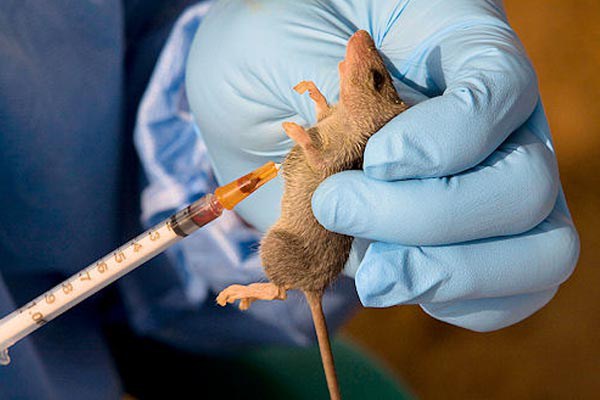The Nigeria Centre for Disease Control and Prevention (NCDC) has registered an additional six Lassa fever and one death.
The NCDC via its latest epidemiological report said that the positive cases of the disease were reported in Ondo (5) and Bauchi (1), while the death was in Ondo.
OSUN DEFENDER reports that Lassa fever is a viral haemorrhagic fever transmitted by rats. It has been known since the 1950s, but the virus was not identified until 1969 when two missionary nurses died from it in the town of Lassa in Nigeria.
Its name is derived from the village of Lassa, where it was first documented.
Found predominantly in West Africa, it has the potential to cause tens of thousands of deaths. Even after recovery, the virus remains in body fluids, including semen.
As a result, the virus can spread easily, especially as the rats breed rapidly and can inhabit human homes.
The most common method of transmission is by consuming or inhaling rat urine or faeces. It can also be spread through cuts and open sores.
The rats live in and around human habitation, and they often come into contact with foodstuffs. Sometimes people eat the rats, and the disease can be spread during their preparation.
Person-to-person contact is possible via blood, tissue, secretions, or excretions, but not through touch. Sharing needles may spread the virus, and there are some reports of sexual transmission.
Lassa fever can also be passed between patients and staff at poorly equipped hospitals, where sterilisation and protective clothing are not standard.
Meanwhile, a new vaccine shows promise to fight the Lassa virus.
Researchers at the University of Texas Medical Branch have achieved success with a new vaccine developed to fight Lassa Virus, a pathogen that causes Lassa fever.
Lassa fever is lethal in humans and non-humans with a mortality rate as high as 70 per cent in hospitalised cases.











